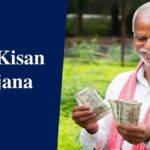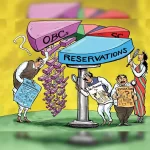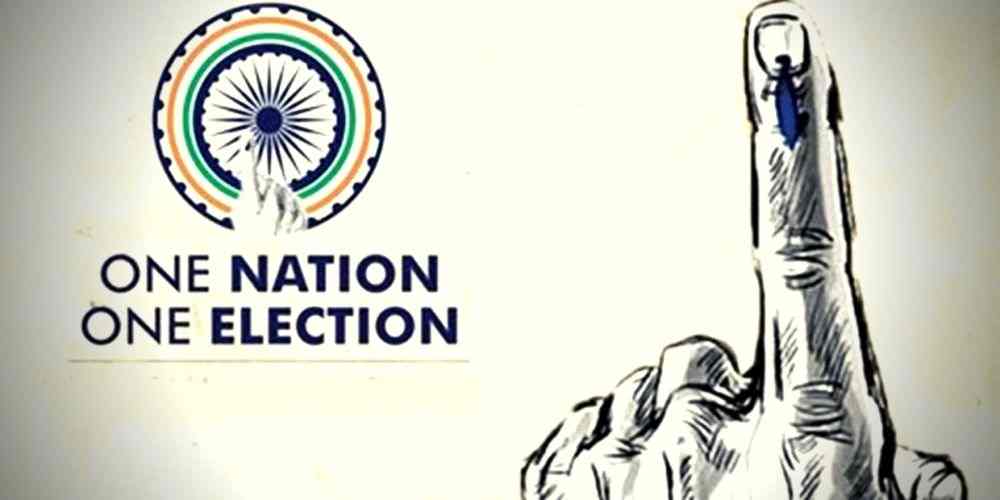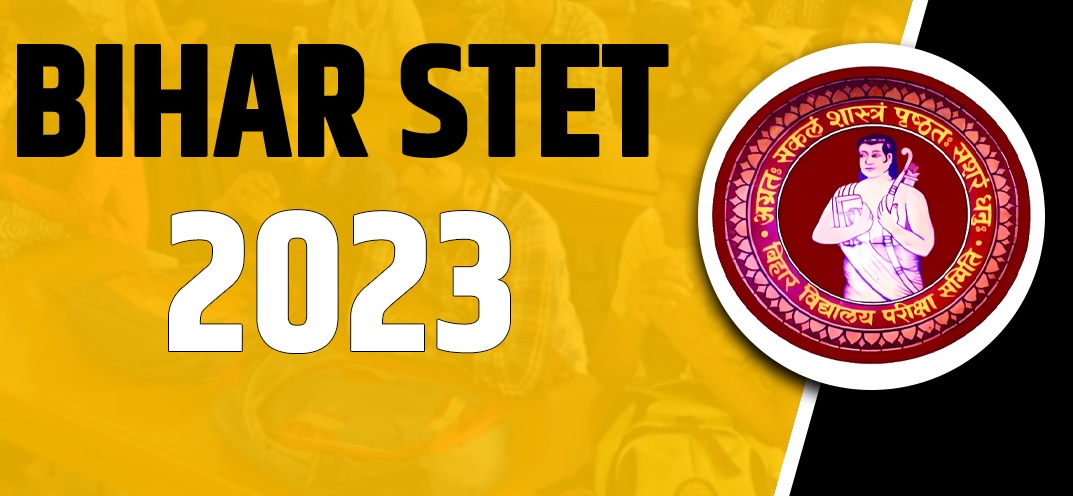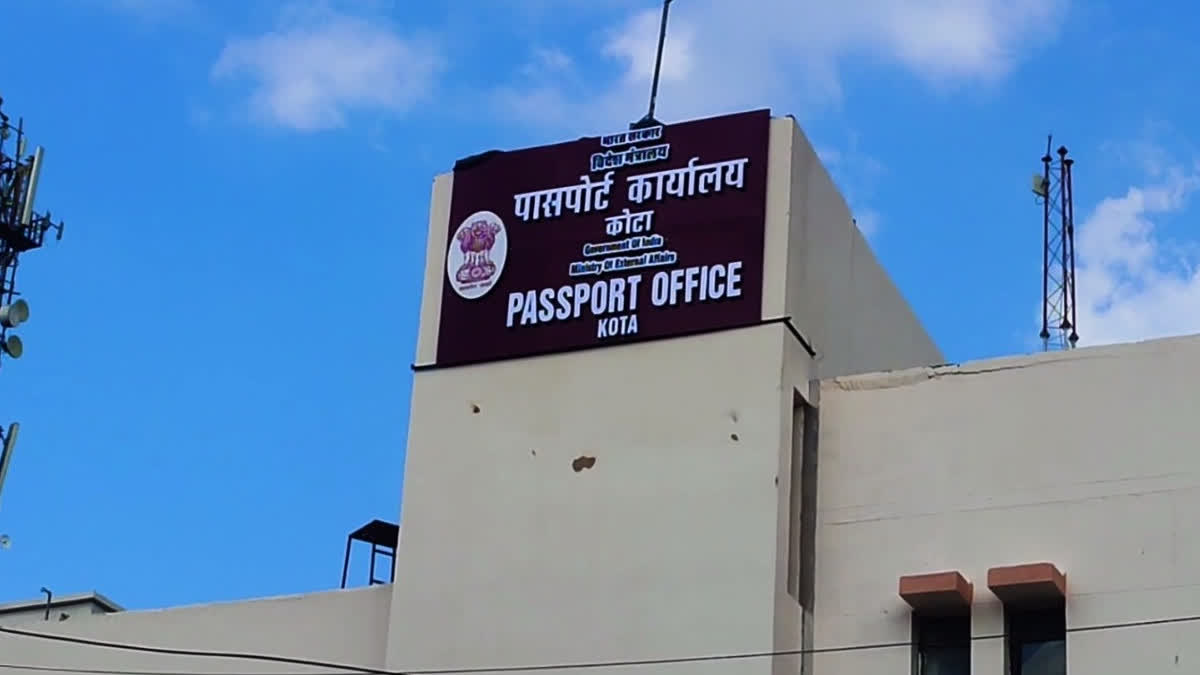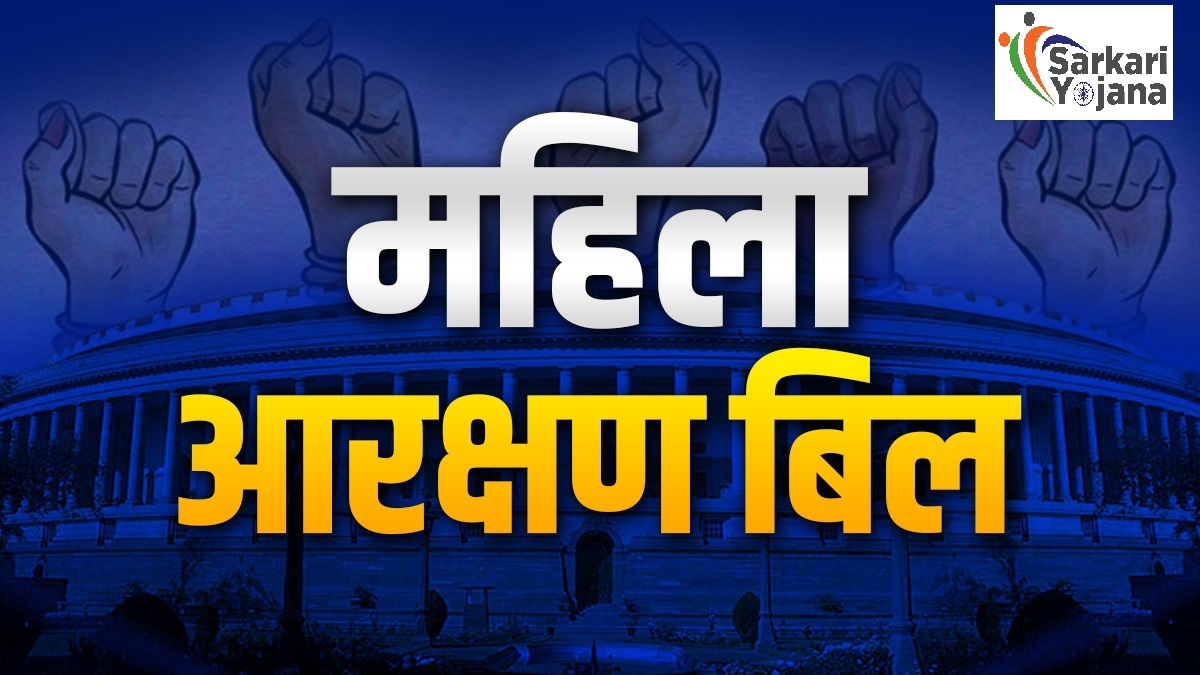In the vast and diverse democracy of India, the concept of “One Nation, One Election” has emerged as a hotly debated topic in recent years. This visionary idea proposes the synchronization of state and national elections, aiming to streamline the electoral process and promote governance efficiency. While it has sparked intense discussions and polarizing opinions, it’s essential to delve deeper into the nuances of this proposal to understand its potential benefits and challenges.
The Current Scenario
As of my last knowledge update in September 2021, India follows a complex election schedule where elections for the Lok Sabha (House of the People) and state legislative assemblies are conducted separately. These elections often occur at different times, leading to a continuous cycle of elections at various levels throughout the year. This frequent electoral churn has significant implications for the functioning of the government machinery and the political landscape.

Benefits of One Nation, One Election
Reduced Expenditure: The first and foremost advantage of implementing One Nation, One Election is the significant reduction in election-related expenditure. Currently, India spends enormous resources on conducting multiple elections. Streamlining the process would save both time and money.
Governance Efficiency: Frequent elections disrupt the regular functioning of the government. One Nation, One Election would ensure that elected representatives can focus on governance rather than being in perpetual campaign mode. This could lead to better policy formulation and implementation.
Increased Voter Turnout: Simultaneous elections could potentially increase voter turnout. When elections occur less frequently, citizens might be more inclined to participate in the electoral process, as the burden of multiple trips to the polling booth would be reduced.
Stable Policies: Frequent elections can lead to policy instability, as new governments may reverse or modify the policies of their predecessors. With synchronized elections, governments would have longer tenures, allowing for more stable policy implementation.
Reduced Polarization: Continuous elections often lead to heightened political polarization. With One Nation, One Election, the focus would shift away from the election cycle towards the overall development of the nation, potentially reducing the intensity of political battles.
Challenges and Concerns
Logistical Challenges: India’s sheer size and diversity make synchronizing elections a logistical challenge. Coordinating national and state-level elections would require careful planning and infrastructure development.
Constitutional Amendments: Implementing One Nation, One Election would require significant changes to the Indian Constitution. Amending the constitution is a lengthy and contentious process.
State Autonomy: Some argue that this proposal could undermine the autonomy of states, as state elections would be subsumed under the broader national election cycle. Striking the right balance between centralization and decentralization would be crucial.
Party Coordination: Political parties would need to adapt to this new system. Coordination between national and state units of political parties would be vital, potentially altering the dynamics of Indian politics.
Election Commission’s Capacity: The Election Commission of India, responsible for conducting elections, would need to be adequately staffed and equipped to manage the increased workload of simultaneous elections.
Conclusion
The idea of One Nation, One Election stands as an ambitious and transformative vision for India’s electoral landscape, offering numerous potential advantages. Nevertheless, it is not exempt from its own set of challenges. The feasibility of implementing such a system on a vast scale in a diverse and federal democracy like India remains a subject of extensive deliberation.
To proceed with this proposition, a widespread consensus among political parties, constitutional experts, and the general populace becomes imperative. Achieving this would necessitate a delicate equilibrium between national cohesion and state sovereignty, accompanied by substantial constitutional revisions. As India’s democratic evolution continues, the discourse surrounding One Nation, One Election retains its pivotal role in shaping the future of the nation’s electoral framework.
Read More:- SSC Junior Hindi Translator JHT Exam 2023 Apply Online
Read More:- Navigating Success: Choosing the Best Courses for 12th Pass-Out Students




